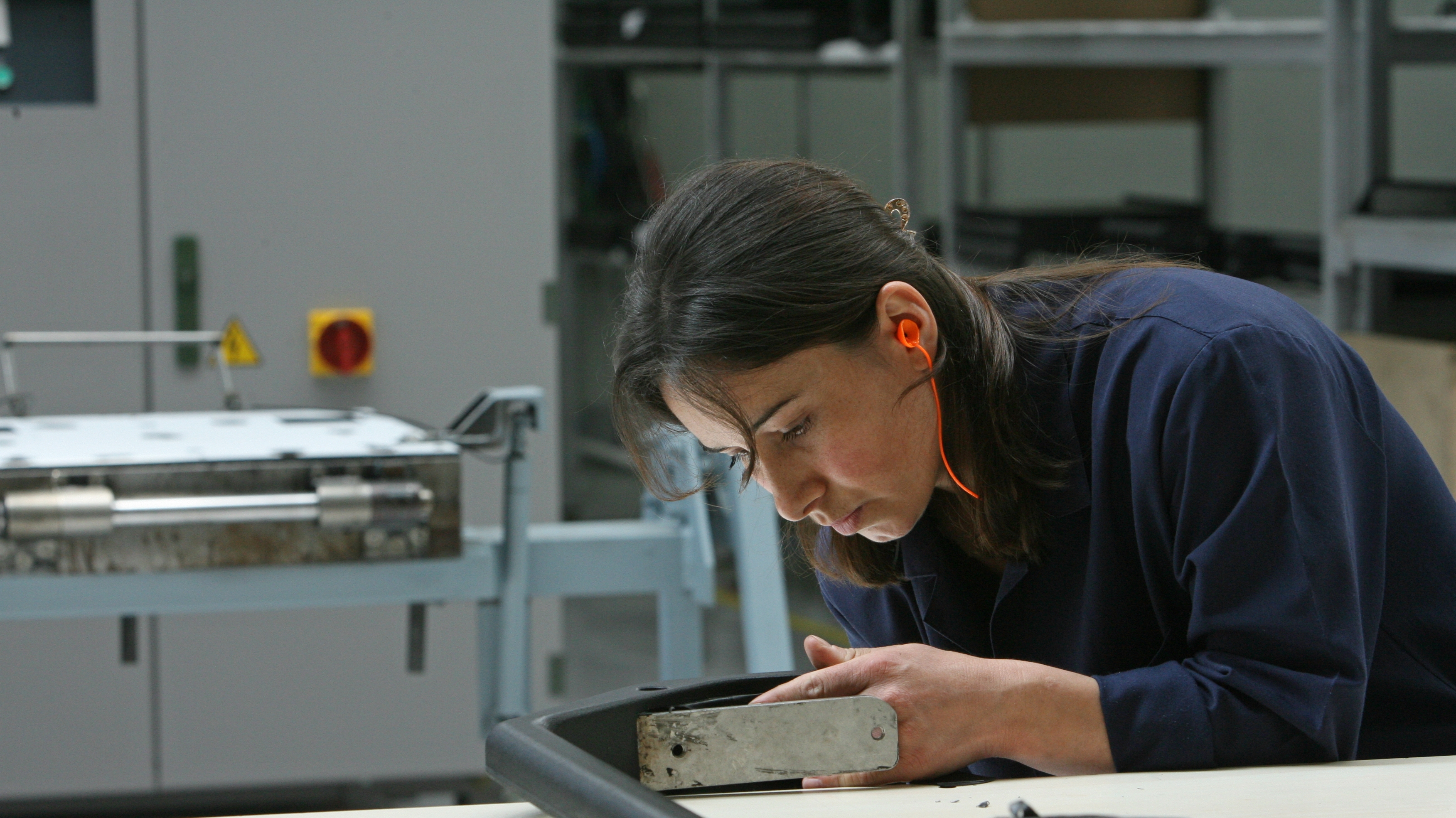Even though female workers comprise 40% of the world’s labor force, the International Labor Organization estimates than nearly half of women’s productive potential is not being used.
But a study by the International Finance Corporation (the World Bank Group entity that works with the private sector) reveals that if companies hired more women, they would not only help to protect women’s rights, but also improve their businesses.
The report analyzed different aspects of women’s employment and included suggestions on how to estimate the benefits and calculate the costs for a company that decides to open its doors to the female workforce.
The report also presents six case studies of companies in different regions around the world that obtained concrete benefits from hiring women and establishing policies to promote gender equality in the areas of recruitment, management and wages, or developing flexible maternity, family and health policies. The companies were:
Odebretch (Brazil): This construction company significantly increased the number of potential candidates to occupy jobs ranging from entry level positions to top management posts, enabling the company to access the best talent available.
Anglo American (Chile): Despite preconceived notions that this firm’s jobs were “man’s work,” this mining company decided to hire female workers, which increased its productivity and innovation, strengthened team dynamics and streamlined the decision-making process.
Continental (Thailand): Women make up 41 percent of the staff of this auto parts supplier. In a country where there are few engineers and few well trained local employees, this company managed to attract and keep the type of workers it needed.
Finlays Horticulture (Kenya): In two years, the internal promotion of 69 women saved this agricultural company the US$ 200,000 it would have cost to hire and train new employees.
Mriya Agro Holding (Ukraine): In rural Ukraine, women live up to 10 years’ longer than men. In addition, many men emigrate. By hiring women under good working conditions, this company keeps more employees and has a good relationship with the community – which in turn helps attract investors.
Nalt Enterprise (Vietnam): In 2008, this clothing exporter established a daycare center for employees’ children. Since then, monthly staff turnover has decreased by a third. This means a savings of nearly US$500 for every employee it did not need to replace.
Latin American barriers
Unfortunately, these types of initiatives are uncommon in Latin America. In some countries in the region, barriers to women’s employment are not only cultural but often legal and administrative as well.
World Bank Economist Elizaveta Perova says that “the lack of flexible, family-friendly policies, together with traditional gender roles that assign women household responsibilities, impede women’s access to paid employment.”
These constraints carry considerable weight, for example, in many women’s decision not to pursue more lucrative careers in science, technology, engineering or mathematics. This is compounded by practical difficulties, such as the absence of affordable, quality childcare services for the children of working mothers.
Nevertheless, the work of Latin American women was crucial for enabling the region to make significant progress in overcoming extreme poverty. Approximately 30% of the reduction in extreme poverty between 2000 and 2010 is attributed to the work of women, according to experts.
To combat stereotypes, experts recommend creating programs to develop non-conventional skills for women to promote their interest and opportunities in engineering, mechanics and other traditionally “male” sectors.

